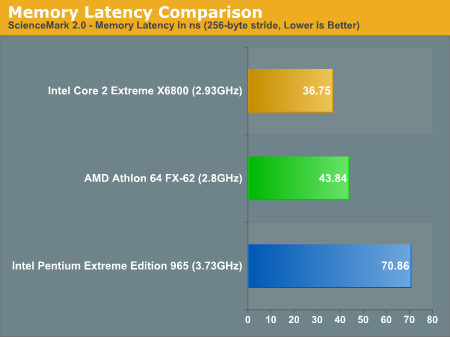Vattila
Senior member
- Oct 22, 2004
- 821
- 1,458
- 136
AMD sure likes to use crossbar topology wherever they can and see fit.
Yeah. Fully connected quads on every hierarchical level, from cores to dies, seems to have been the thinking with the Zen system architecture — except that on two levels, CCXs and sockets, there were only pairs in Naples. I have speculated that the obvious way to evolve the architecture would be to fill out these levels to quads, i.e. 4 fully connected CCXs, and 4 fully connected sockets. That would bring the system core count to 256 cores.
With Rome, it seems to me they have done just that, albeit in a surprising way by disaggregating the CCX cluster into two chiplets. This makes sense for die yield and binning, as well as reuse across market segments. With my interpretation, nothing much has changed as far as core topology is concerned. Rome simply extends the number of CCXs in a cluster from two to four over two chiplets.
And regarding 4 fully connected sockets, could a new socket/interconnect for 4S systems be the mysterious "ZenX" rumour that AdoredTV was reporting? The "quad-tree" topology sure spells out "X" on every level.
Last edited:







